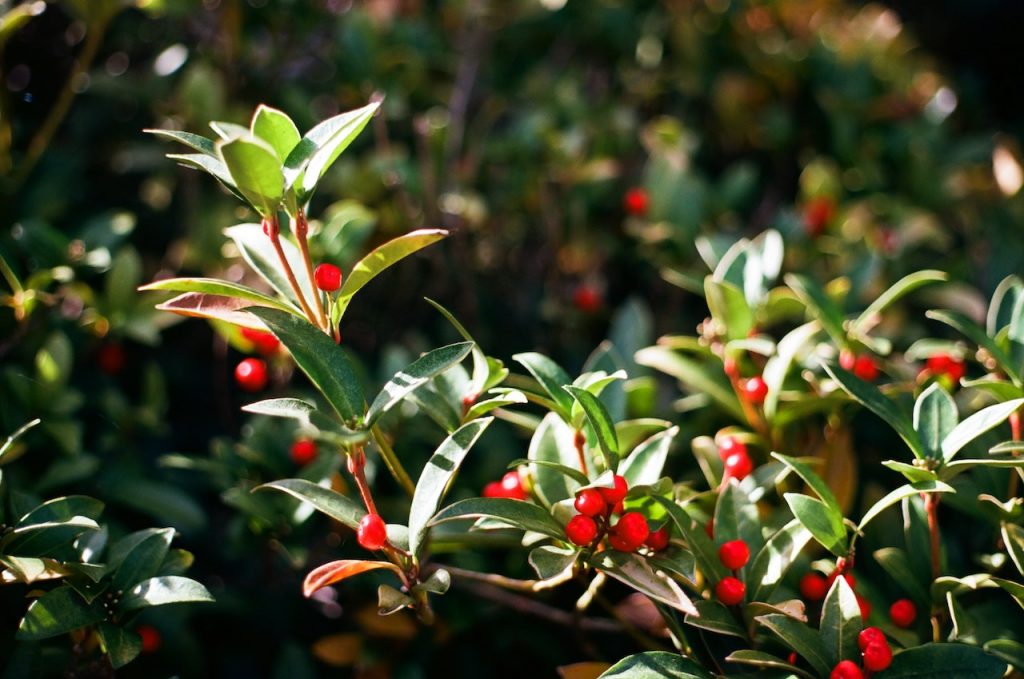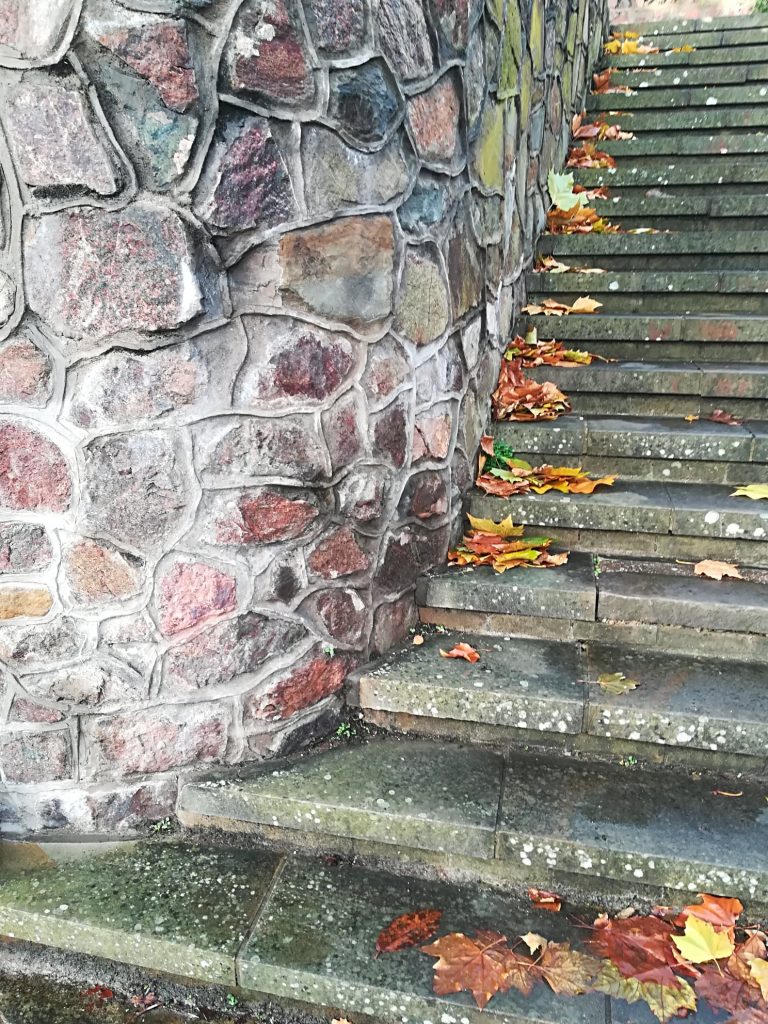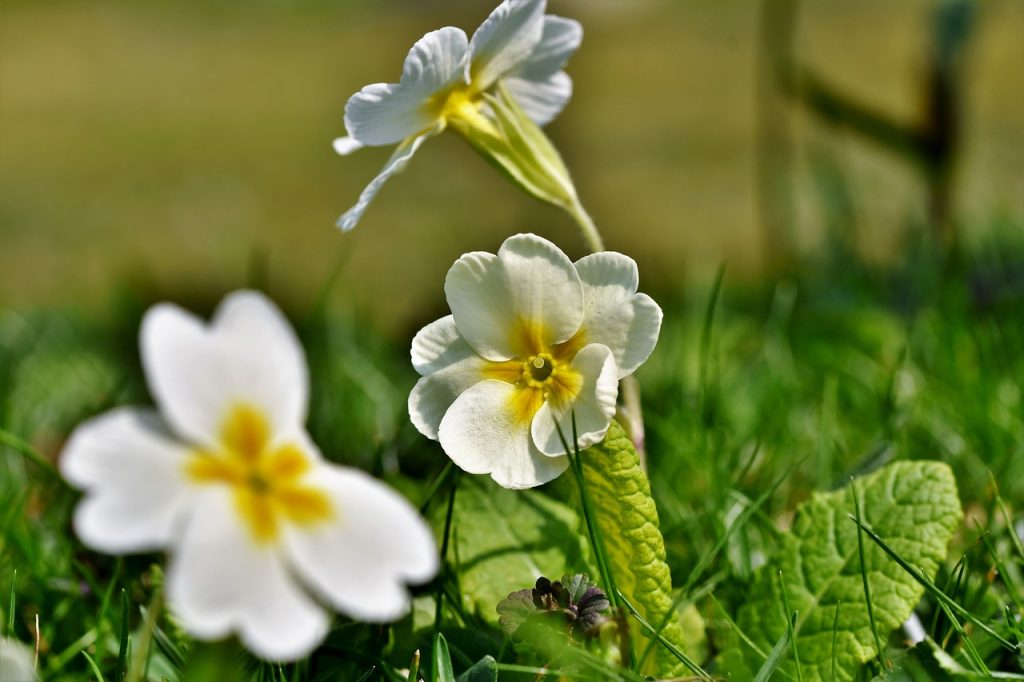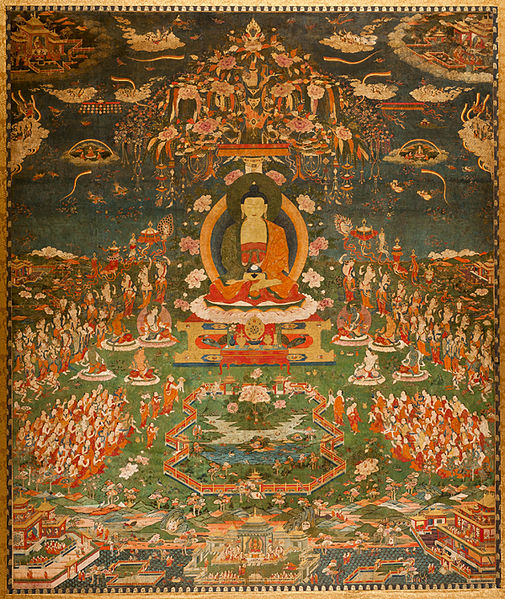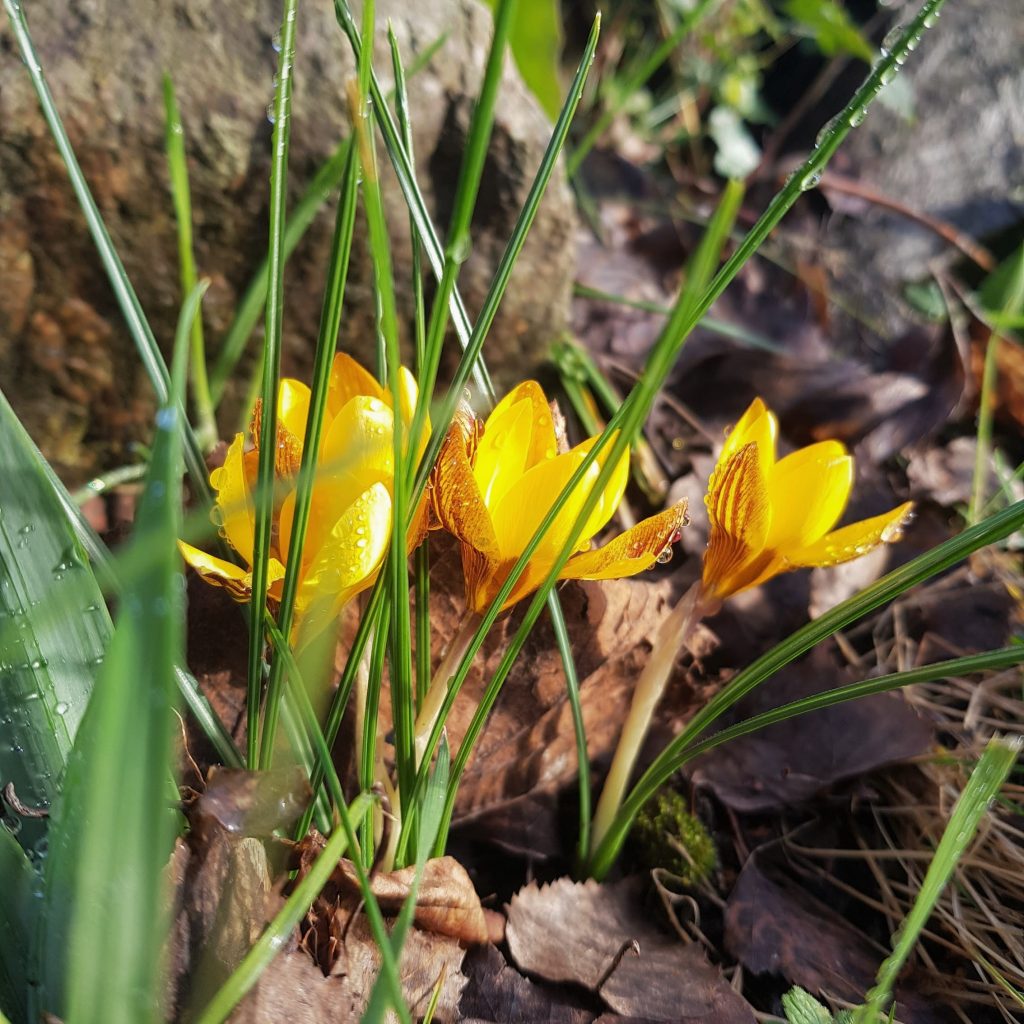Aging
A Dharma Glimpse by Dave

I’ve been living at the temple for three years now, during that time I have had to start wearing reading glasses, I have lost the second of my two top front teeth resulting in me now having false teeth and just last week I was fitted with a hearing aid. I am 57 years old. When we read the morning verse at the start of garden practice it begins “Time has passed with the swiftness of light, it is already morning. Impermanence rushes upon us every moment……..”.
It certainly feels like it’s rushed upon me. Impermanence seems a lot more relevant and personal when you experience it undoubtedly happening to your own body.
We get old, we get ill, and we die. These are the facts. The stupid thing is, if I’m honest I’m embarrassed about all these recent changes that have happened to me, I don’t particularly mind the thought of dying but I don’t really want to get old. What a ridiculous notion! To be embarrassed about getting older, it’s a fact of life and it happens to all of us. Maybe it’s because I feel like I’m getting old before my time. My mum is 84, has all her own teeth and does not need to wear a hearing aid. The supposedly ideal Body image is drummed into our subconscious in films and through the adverts we see everywhere. Muscular, active men and young, slim “attractive” women (note the use of inverted commas with the word attractive). If we don’t reach the high standards set by the advertising and fashion industries we are made to feel inadequate or passed our best.
I have heard it said, that if we looked at people the way we looked at trees the world would be a better place. The older a tree becomes, the more damaged it becomes and with that, the more interesting and diverse. Old trees are fascinatingly beautiful, whereas young trees can be quite uninteresting to look at in comparison. Every tree is different, and the more unusual or quirky a tree looks, the more we admire it. When we think of the human body; lumpy, bent, wobbly or broken bits are thought of as unwanted attributes. On a tree these can be seen as a bonus.
Trees are great!
A tree is not just an individual organism but an entire ecosystem. They are full of fungal hyphae and bacteria, they are often covered in mosses, lichen and other plants. The most biodiverse and ecologically valuable are the ancient and veteran trees, some of which are thousands of years old. The definition of a veteran tree is one which has certain features such as dead limbs, rot holes, flaking bark and hollow stems. These are the features which are homes to bats, birds and some of our rarest invertebrates. A project that I have been working on recently involves attempting to create new veteran trees by deliberately damaging semi mature trees to produce some of these features. This process is known as veteranisation. As our ancient trees are naturally and gradually dying we have nothing to immediately replace them due to the way our landscape has been managed in recent decades, hence the need for this somewhat drastic action. To misquote Leonard Cohen “The cracks are where the bats get in”
I feel life (or the Buddha) is putting me through the process of veteranisation at the moment, hopefully with my new broken bits I can become a more interesting and useful person.Namo Amida Bu

